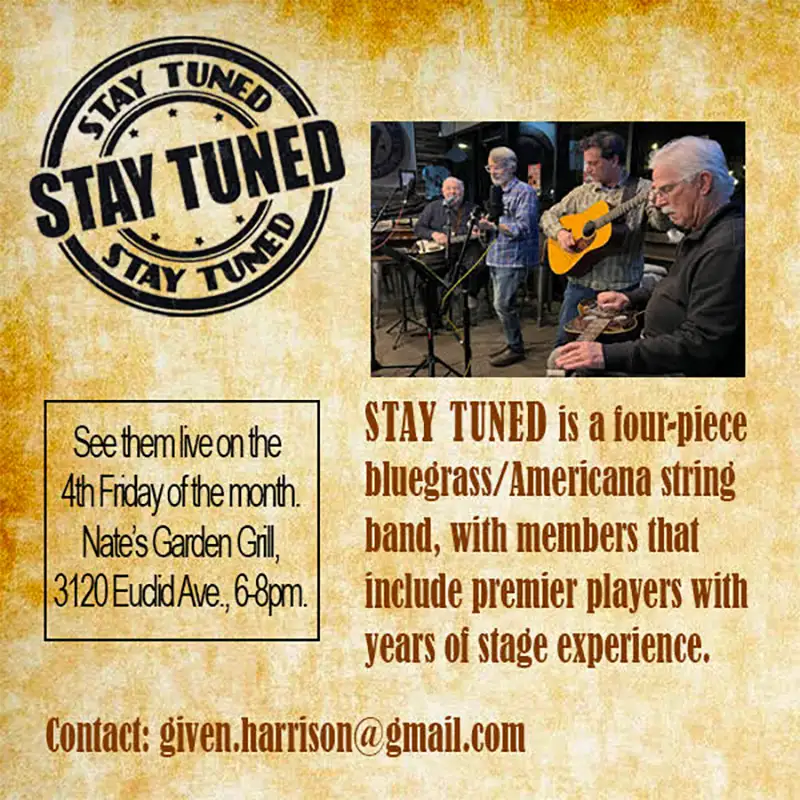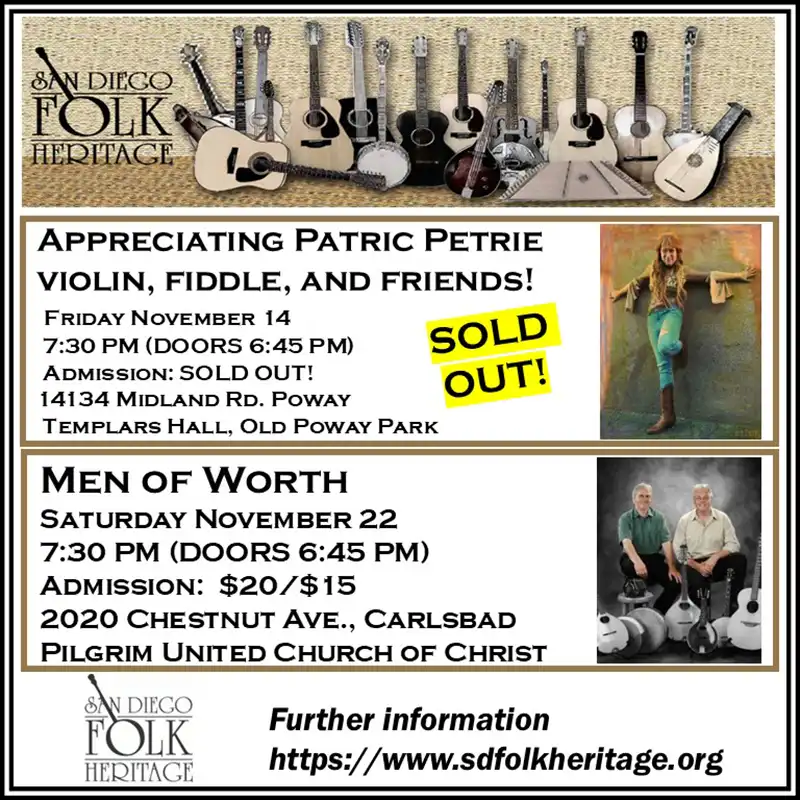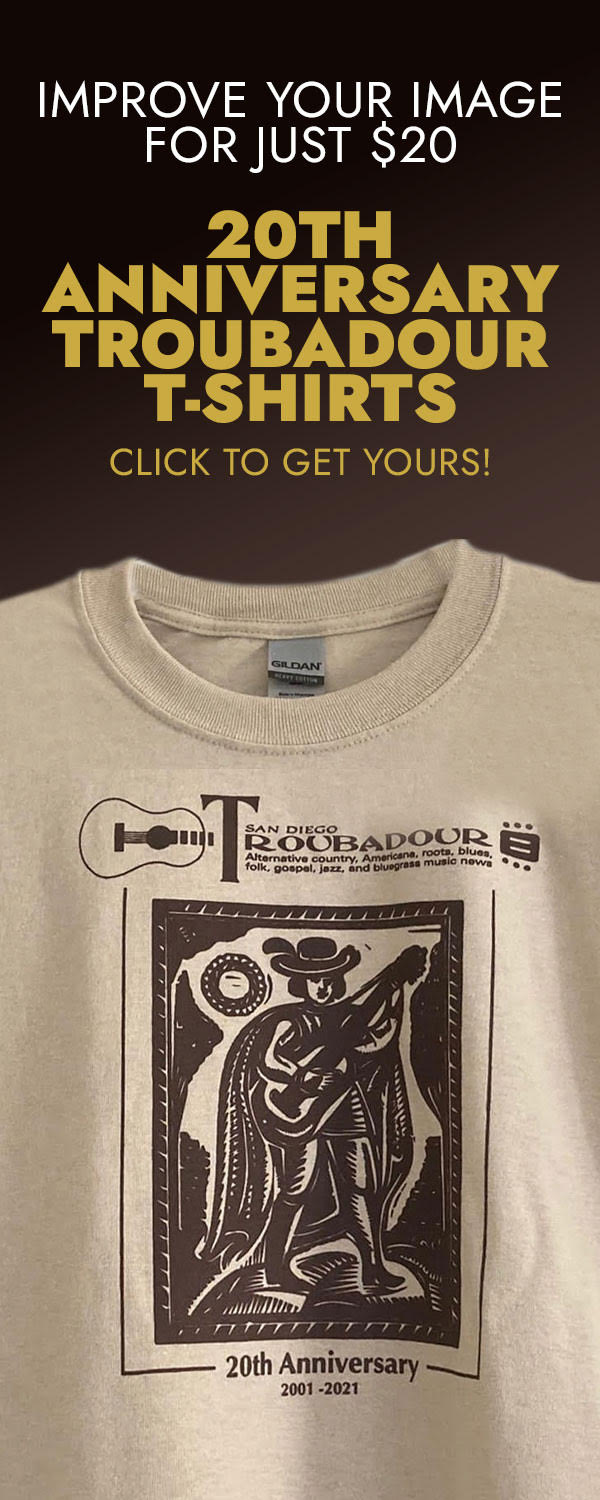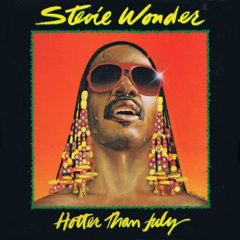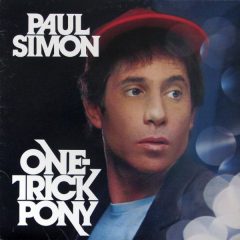Zen of Recording
Stay in School (Part One)
In the autumn of 1980, I was 18 and living in an apartment by myself for the first time. Looking back, there have actually been very few instances over the ensuing 40 years where that has been the case, but one thing all of those abodes shared in common was their (ahem) compactness. It has been a consistently common experience amongst the artists, musicians, and other creative types I’ve met along the way; those desiring to live in America’s Finest City often find that a single income rarely affords one large helpings of square footage. But I digress. Again. Maybe.
During that fledgling period, I worked at a lot of low-paying jobs: shoe salesman, fry cook, women’s wear, office supplies, restaurant host, chauffer, manual laborer, and computer coding apprentice were just a few of the exciting vocations undertaken as I bobbed about like a cork in the open sea. But at the beginning and end of every workday in that span of a year or so, I was in school.
I was a songwriter. I knew it. Not just because I’d written a handful of songs that I felt showed a hint of promise, but the way I looked at the world, heard conversations, and processed all of that information in such a different way than all the other folks I knew. Many of this magazine’s readers are songwriters, so this may seem typical, but as I write this I realize that I actually didn’t know any other songwriters at that point in my life. None. I had no interpersonal communication with another human being who had the remotest idea of what was going on inside me. I mean puberty was tough, but it was brief by comparison, and everyone else I knew was dealing with it too. As a songwriter I was—in the words of Neil Diamond, whose movie and its soundtrack The Jazz Singer was also an influence at the time—“A Solitary Man.”
In my tiny apartment, I had a wooden crate that was about half full of vinyl LPs. Previous to that time and for decades after, I would make regular trips to used record shops and pore through the discount bins in search of the great unheard. I’d been lucky enough times to know they were out there. Names like Bill LaBounty, Rafe Van Hoy, Bill Quateman, and Steve Forbert were as familiar as any others to me and I gave them all the chance to wow me, which few record buyers ever did. Each week I brought the ho-hum entries back and traded them in on new candidates in a blissfully never-ending cycle of pocket-change fueled discovery.
Except for that one year. That year, I only listened to two records, but I studied them every single day: Stevie Wonder’s Hotter than July and Paul Simon’s One Trick Pony. Now, before all the knee jerking recommendations that reflexively leap forth from the mouths of music lovers everywhere, keep in mind this wasn’t because I felt these were the greatest albums of all time (although I believe both of them rank very highly), they just seemed to offer something in that particular space of time that spoke to the songwriter in me.
In actual fact, one might be hard pressed to find obvious traces of any of these works in the nearly dozen or so albums I’ve released under my own and other names since. One reason might be that although each of these albums prominently feature complex jazz voicings in their chords, I had no room for a keyboard, just my acoustic guitar that I was barely proficient enough with to string together anything more complex than a major or minor 7th chord. I think I soaked in the vibe rather than the mechanics of creating that kind of music for myself. It left me with an understanding of a music I couldn’t easily play but that helped me to draw those colors out of other musicians I worked with subsequently.
Hotter than July may be one of the most underrated albums in Stevie Wonder’s canon. The sprawling and magnificent Songs in the Key of Life was bound to cast a shadow over all works that followed, but it unfairly obscures how wickedly tight and tuneful Wonder’s 19th album release’s 10 songs really were, not to mention the furthering of a musical legacy that few will ever match.
While many of the songs would have fit comfortably into the already bursting seams of Key of Life with their fierce funk and lyrical immediacy, it was the album’s penultimate song “Lately” that absolutely slayed me (and still does) upon every single listening. With its concise, intimate lyric and broad melodic range, this is one of Stevie’s finest vocal performances on record. His aching vibrato and dynamic performance pull you into his pain like Sensurround®; you can almost feel his heart gorgeously breaking as yours does too. A perfectly crafted jazz standard that still has yet to be claimed as such.
Equally undervalued is Simon’s One Trick Pony. At the time he was already a songwriting icon who was so accomplished that he wrote “Stranded in a Limousine” for inclusion on his Greatest Hits album and it became a hit as well! By his own account, Paul Simon had a streak for years where he couldn’t miss and several modern classics bear monument to this statement. Yet, the intellectually inclined artist yearned to venture into other mediums. He wrote a screenplay and starred in a movie about a songwriter for which he also wrote all of the songs that he performed with his band in the movie, featuring Eric Gale (guitar), Tony Levin (bass), Steve Gadd (drums), and the inimitable Richard Tee (keyboards). The music was intricate, but soulful and exhibited a natural progression from the music he made to that point. But it was just plain better. Maybe because there was a focus on it being a small combo (they perform several songs in the movie and the soundtrack album features two of them), there is a musical sophistication employed that is always in the service of the song.
And the songs are breathtaking. While Simon had always been adept at tapping into the collective consciousness and pulling out a piece like “The Sound of Silence” or “Bridge Over Troubled Water,” here he is tasked with giving voice to a fictional character that is in many ways similar to himself. This seemingly drives him toward a lyrical obfuscation that he (and the main character, Jonah) can somewhat hide behind; a beautifully byzantine world of words that aims for the head and shoots for the heart. At the time as in retrospect, I always felt this was an album of deep cuts rather than singles. Perhaps when paired with the film’s lackluster box office performance, it seemed like Simon had finally missed with one. He fell into a deep depression, fought his way back with Hearts and Bones, and emerged victorious with the mega hit “Graceland.” His music has kept evolving and he would never again return to the bluesy jazz of this album’s pinnacle. That’s okay. Paul Simon left us a masterpiece I’m still learning from and enjoying today, in my very small apartment.
Next month, we’ll take a look at some modern schooling opportunities we can all benefit from as recordists. I offer this preamble so that we may all remember that it’s the music, the song, and the performance that we press Record to capture.
Sven-Erik Seaholm is a singer, songwriter, and record producer who would love to hear your feedback.
Email him at Kitschandsync@hotmail.com




